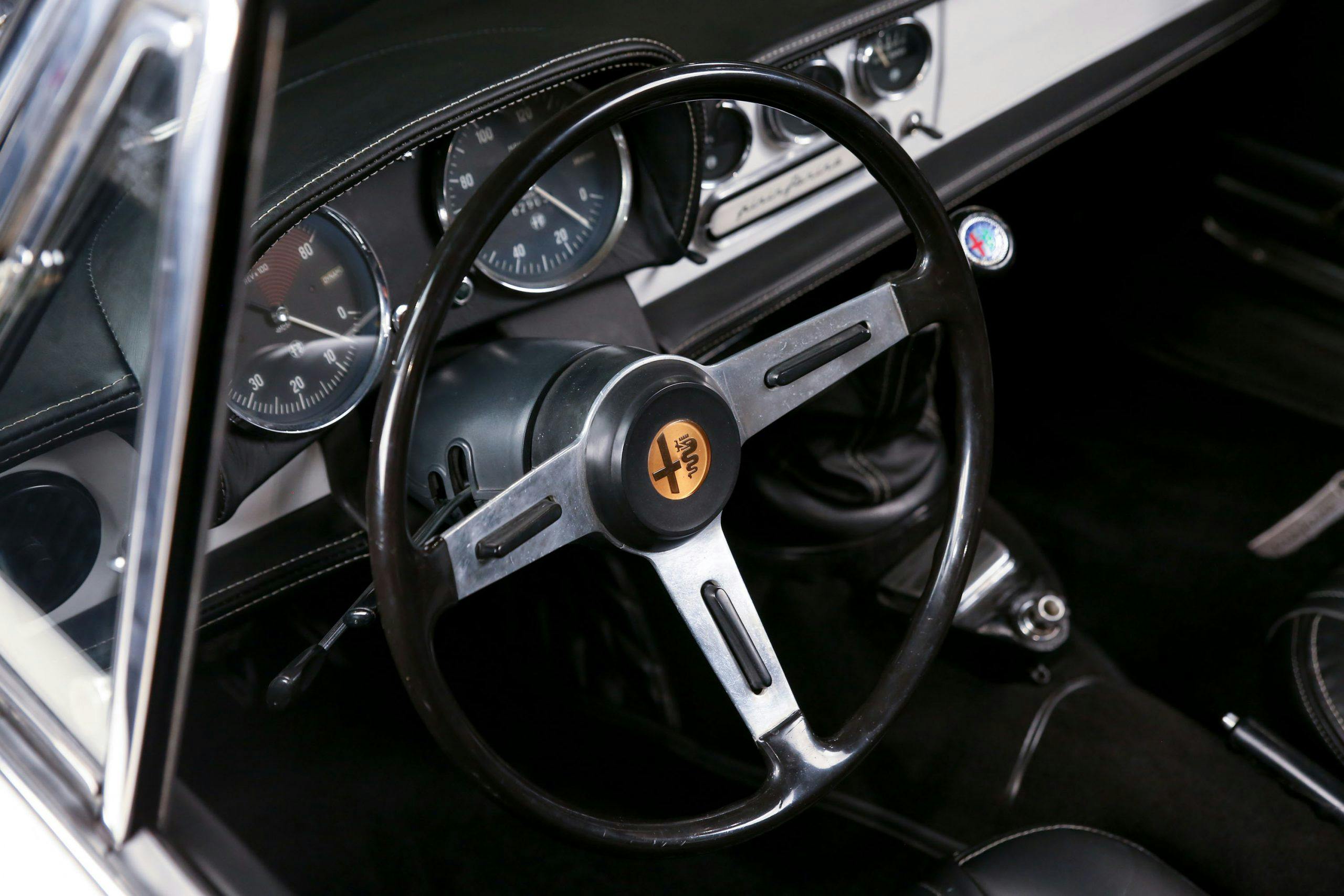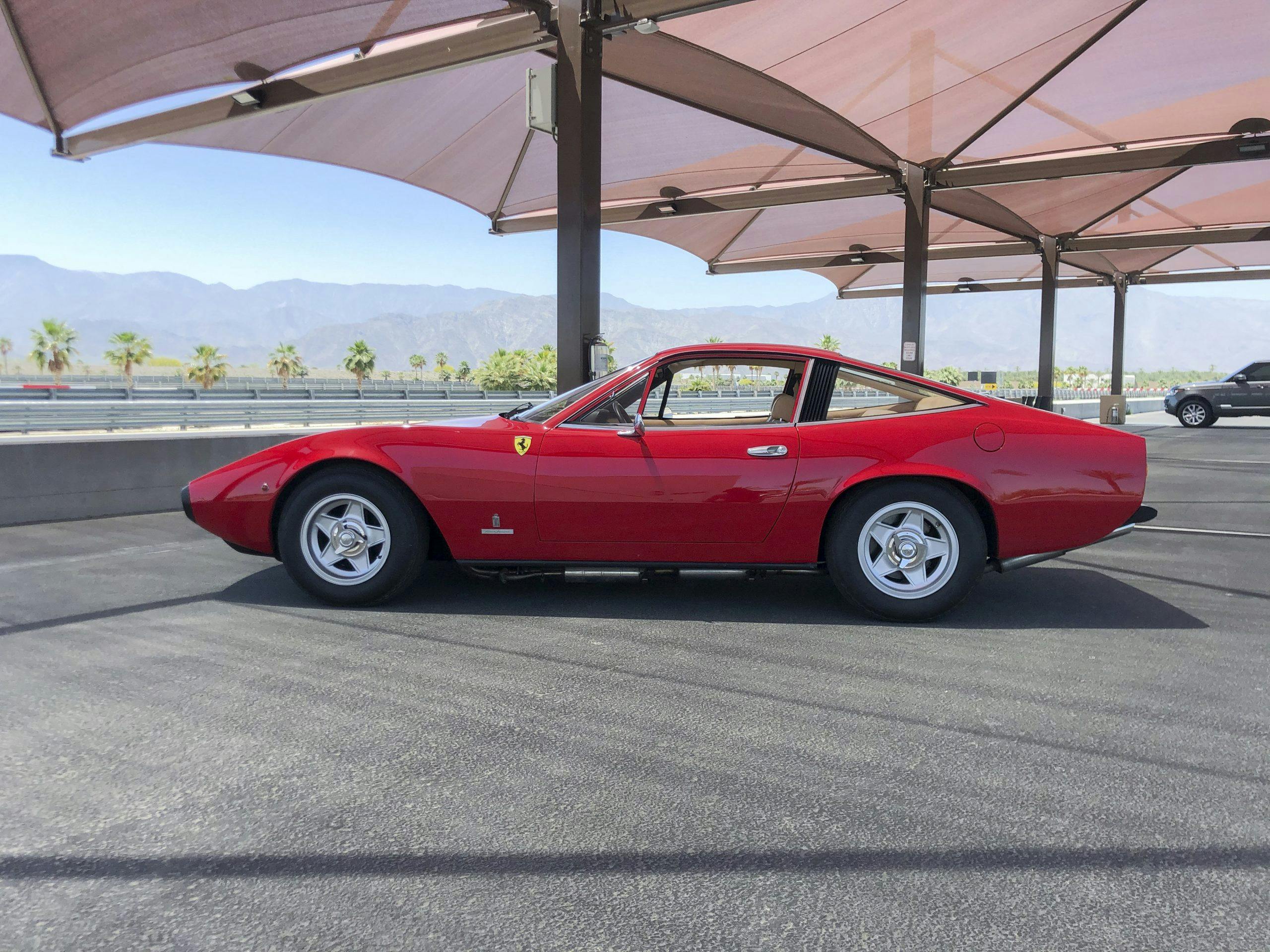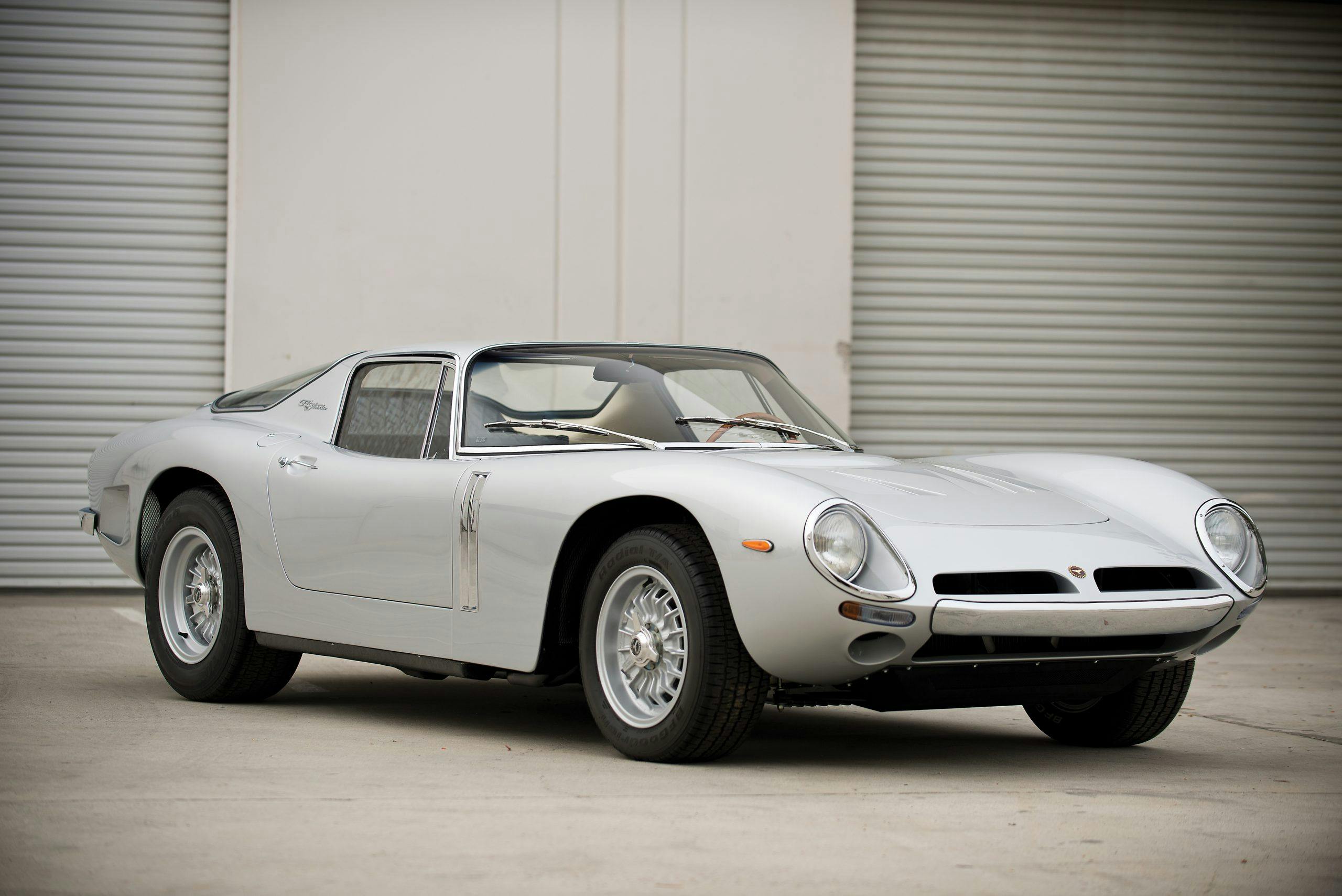Media | Articles
8 of our favorite Italian cars
Italian cars have a reputation for being elegant, finicky, expensive, or perhaps some combination of the three. Classic Italian automotive culture brings to mind coachbuilt bodies, racing heritage, and V-12s, but in reality, the Italian peninsula has produced cars with a vast range of characters and abilities. In a recent livestream, we decided to dive into the nuances of Italy’s automotive offerings and pick our favorite Italian cars—the list may surprise you. Hagerty’s own Tiger engine-swapping king Brad Phillips hosted the livestream with noted automotive expert Tom Papadopoulos, the owner of Autosport Designs, Inc., on Long Island, New York. Papadopoulos brings over 30 years of experience buying, selling, restoring, racing, and rallying vintage cars of every stripe, and he’s a wealth of information not only on these cars’ prices but also on their on-road character; he’s driven most of them.
Make sure to watch the recorded livestream for fascinating anecdotes from both Phillips and Papadopoulos, including footage of Phillips’ Ferrari 308 GTS that he’s driven across America.
1964–74 Iso Grifo
The first Italian on the list actually has an American heart under its Giugiaro-penned sheetmetal. Over their ten-year production run, these svelte coupes packed Chevy 327 small-blocks (the Series I cars) and 7.0-liter big-blocks (found in the Series II cars), both sourced from contemporary Corvettes. Series II big-block cars wore a conspicuous rectangular hood scoop; the style has been nicknamed everything from “pancake” to “pagoda” and “penthouse.” Over the years, Grifos came with automatic transmissions plus four- and five-speeds; “it was about as bespoke in the era as you could get,” Papadopoulos says.
“I’ve seen these on rallies like the Copper State 1000,” he continues. “They go like hell, and several have air conditioning—they’re really very useful. You rarely see them on the side of the road in rallies.” In addition to their reliable underpinnings and eye-catching looks, Grifos also enjoy a particularly active group of owners.
Marketplace
Buy and sell classics with confidence
1953 Fiat 8V Supersonic
“Anything you call a ‘supersonic’ just has to be super cool,” Phillips says. Second only to the Miura (which we’ll get to next), this Fiat is perhaps the most elegant vehicle on our list. From its Aston Martin-esque side vents to those teeny little tailfins, the 8V definitely rewards a closer look.
Underneath the wonderfully long hood sits a diminutive 2.0-liter V-8, whose claim to fame lies in its origins, not its output. Fiat developed this overhead-valve, alloy engine in-house—which was all the more impressive because most knew 1950s Fiat for its mass-produced city transportation. In the spirit of the time, Fiat welcomed independent coachbuilders to build a body on the 8V chassis, and the garnet example above is one of the 15 examples bodied by Ghia and dubbed “Supersonic.”
Papadopoulos drove one of these Supersonics before, piloting an extremely well-maintained, original example on a Pebble Beach Tour d’Elegance. “It drove well for its era,” he recalls, but “driving 45 miles on the original tires … was a little nerve-wracking.” Still, we’re a touch envious.
1966–72 Lamborghini Miura
“The Miura has got to be one of the coolest cars on the planet,” Papadopoulos says. Indeed, it’s amazing how evocative certain cars can be decades after the sheen of novelty wore off.
Indeed, the Miura belongs to a select group of cars, one that can put goosebumps on our arms decades after it debuted. “You can only imagine what it was like, in the Casino Square at Monaco, driving around in a Miura,” Papadopoulos says. It’s remarkably ergonomic, too; Papadopoulos says the Miura is far easier to climb in and out of than a Countach. To be fair the Miura is no continent-crossing cruiser, but it’s straight-chain, carbureted music will put a shiver up anyone’s spine.
Though the style and driving dynamics of Lamborghini’s first supercar have aged exceedingly well, Miuras demand attentive ownership—if you can brook the $800,000 minimum entry point to the market. “There’s finally spread of provenance and condition,” though, says Papadopoulos: the high end of the market reaches well into the $2.5M range. “It wears like an Italian shoe on occasion, if you don’t maintain it yearly and respectfully,” he warns.
1966–94 Alfa Romeo Duetto
With the petite Alfa Romeo Duetto, we swing to the other end of the price and performance spectrum—though we hardly leave the realm of fun-to-drive vehicles. “There isn’t one of these Alfas I’ve driven that hasn’t put a smile on my face immediately,” Papadopoulos says. The torquey, lively four-pot paired with a five-speed gearbox is the epitome of Italian fun for him. Phillips recalls the fun he had tossing a friend’s Duetto around back roads on a rally, remembering its opposite-sweeping gauges and high-mounted shifter.
The pair agree that some of the coolest Duettos are the examples people have hot rodded—and the Alfa community welcomes owners who deviate from stock. “They’ve got good stuff to start with, too,” Phillips notes. Even stock, Papadopoulous says the Duetto still “sounds like it’s gonna suck in a couple birds.” If there’s one warning bell to sound for this delightful two-door, however, it’s rust. “Inspect it structurally more than anything,” Papadopoulos advises.
1968–76 Ferrari 365 GTC/4
These curvaceous, V-12-powered beasts caught Papadopoulos’ eye once he realized he had three children and needed a few extra seats. “I realized one might have to be put on a roof rack, so I had to step into four-seaters.” The 365 GTC/4 is truly a gentleman’s grand tourer, and though the 1970s may not be everyone’s Ferrari decade of choice, these cars are truly capable touring cars. As the more civilized brother to a Daytona, the 365 GTC/4 packs air conditioning and a proper trunk.
Phillips puts in a word praising Ferrari’s development of this particular V-12: “They put carbs on top, on the side, later added fuel-injection—they really evolved this V-12 to fit whatever packaging needs they had.” In this 1971 example, the 340-hp V-12 sports six sidedraft Weber carbs.
1965 Bizzarrini 5300 GT Strada Alloy
“The name alone is incredible,” Phillips says, introducing the Bizzarrini with his best Italian accent. (Papadopoulos remains unimpressed with Brad’s attempt at cosmopolitan flair.) Like the Iso Grifo, the Sunbeam Tiger, and the Jensen Intercepter, the 5300 GT is a European car with the heart of an American lion. This silver beauty, wearing sheetmetal designed by Bertone, packs a 327 Corvette block making 365 horsepower.
Naturally, Papadopoulos has driven one; he reports that its cabin “fits like a glove. You need a winch to get me out once I’m in it.” We’d need some pretty strong persuasion to exit this beautiful beast too, ergonomics aside.
1968–76 Ferrari Dino 246
The Dino isn’t an highway cruiser, but wheeling the 246 is some of the most fun you can have in a Ferrari that doesn’t wear the prancing horse badge.
The Dino’s triple-carb, 2.4-liter V-6 mounted amidships is a high-revving screamer. “When you look out of the drivers’ seat and see the humps on the front fenders, you can imagine what it was like driving a Ferrari race car in that day,” Papadopoulos says.
The particular example shown is a later model. The 1971–76 cars included the 246 GTS, equipped with a targa-style roof and available with the desirable Daytona-style seats and subtle fender flares. Cars ordered with both options are known as “chairs and flares” examples and include the one-of-three Verde Medio Nijinsky example above, sold by RM Sotheby’s in 2016 for $396,000.
1910 Fiat S76 ‘The Beast of Turin”
Though he let his wackier automotive tastes truly shine in a previous interview, Phillips believes in bringing a dash of the unexpected to every livestream. “If I can work in a car with an airplane engine, by God I’m gonna find away to do it,” he says.
The 28.5-liter, flame-spewing prewar monster below more than fits the bill. Known as “The Beast of Turin,” it’s likely not the first Fiat that comes to your mind—but perhaps it should be. This racer stole the land speed record away from the “Blitzen Benz” in 1911 with a 135-mph run. That’s a testament to the driver as well as the engineers and the car itself, because Phillips reports that, after the S76 was restored—after laying dormant for nearly 100 years—a litany of racing drivers refused to drive it over 90 mph. Owner Duncan Pittaway, who spent 10 years restoring the car, stepped up to the plate, wrestling the Beast up the Goodwood Hillclimb in 2015 after driving it 150 miles to Lord March’s estate.
“Sheer insanity,” Phillips says. We can’t help but agree—and admire.

































































